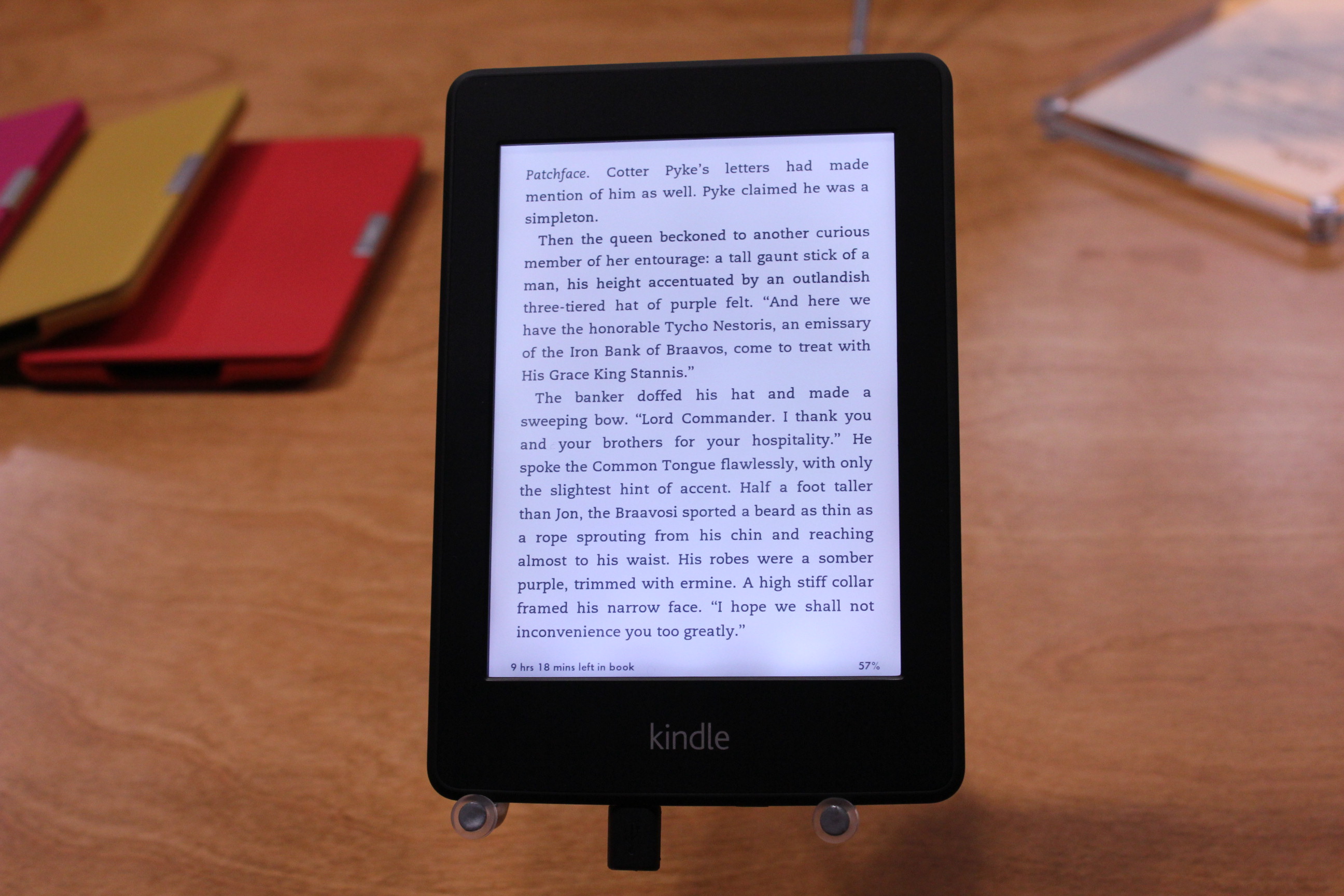

Even purchased dictionaries from the Kindle store don’t show up here.įurthermore, Kindle Cloud Reader doesn’t allow copying of text, which is probably to prevent piracy, but also it prevents readers from looking up and translating words or using third-party browser extensions for further study, such as flashcards, etc. Also Cloud Reader offers a handful of pre-installed dictionaries, but unfortunately there is no discernible way to install more dictionaries. In case you’re not familiar with it, Cloud Reader is a web-app that allows you to read Kindle books directly from your browser.

While trying to get Kindle PC to accept custom dictionaries ultimately proved futile, I started looking into another way to accomplish this with Kindle Cloud Reader. Cloud Reader: Not Enough Dictionaries, No Copy & Paste when reading Kindle books on your PC or Mac. What has been missing from this list so far is an option to get the same feature on desktop computers, i.e. Whether it’s on your Kindle ereader, on your iPhone or iPad Kindle app, or Kindle Android app (see links for detailed instructions), custom dictionaries can be easily integrated, so that all you need to do is tap on unknown words to get an immediate translation. You can use Calibre or other online tools to convert files or books to supported Kindle formats.As a language instructor and author of language learning textbooks, I’ve always found the Kindle’s built-in dictionary a great tool to make reading foreign language texts more fluid and frictionless. Connect your Kindle to your PC, open the Kindle's file directory, and drag and drop files into the "documents" folder. You can also transfer files over USB if you don't have Wi-Fi connectivity. The existing MOBI and AZW files on your Kindle will remain accessible and work just fine, but you won't be able to send books in these formats using Send-To-Kindle anymore. Kindle supports a wide variety of files types, including:Īmazon has dropped support for MOBI and AZW formats since they don't support new Kindle features such as custom fonts and the ability to change boldness. For this, simply add "Convert" in the subject line when emailing the file, and Amazon will handle the rest. The second is to convert the PDF to the Kindle format.

You can send the file as it is, which will preserve the original formatting and graphics, but you won't be able to use variable fonts or Whispersync. Tip: If you're sending a PDF file, you have two options.


 0 kommentar(er)
0 kommentar(er)
